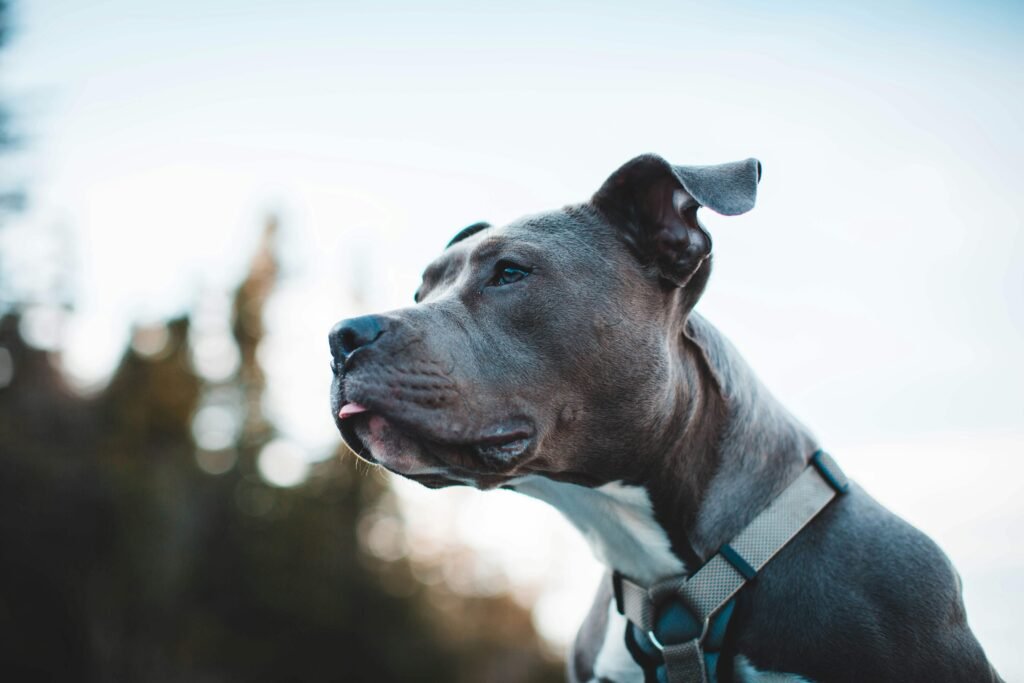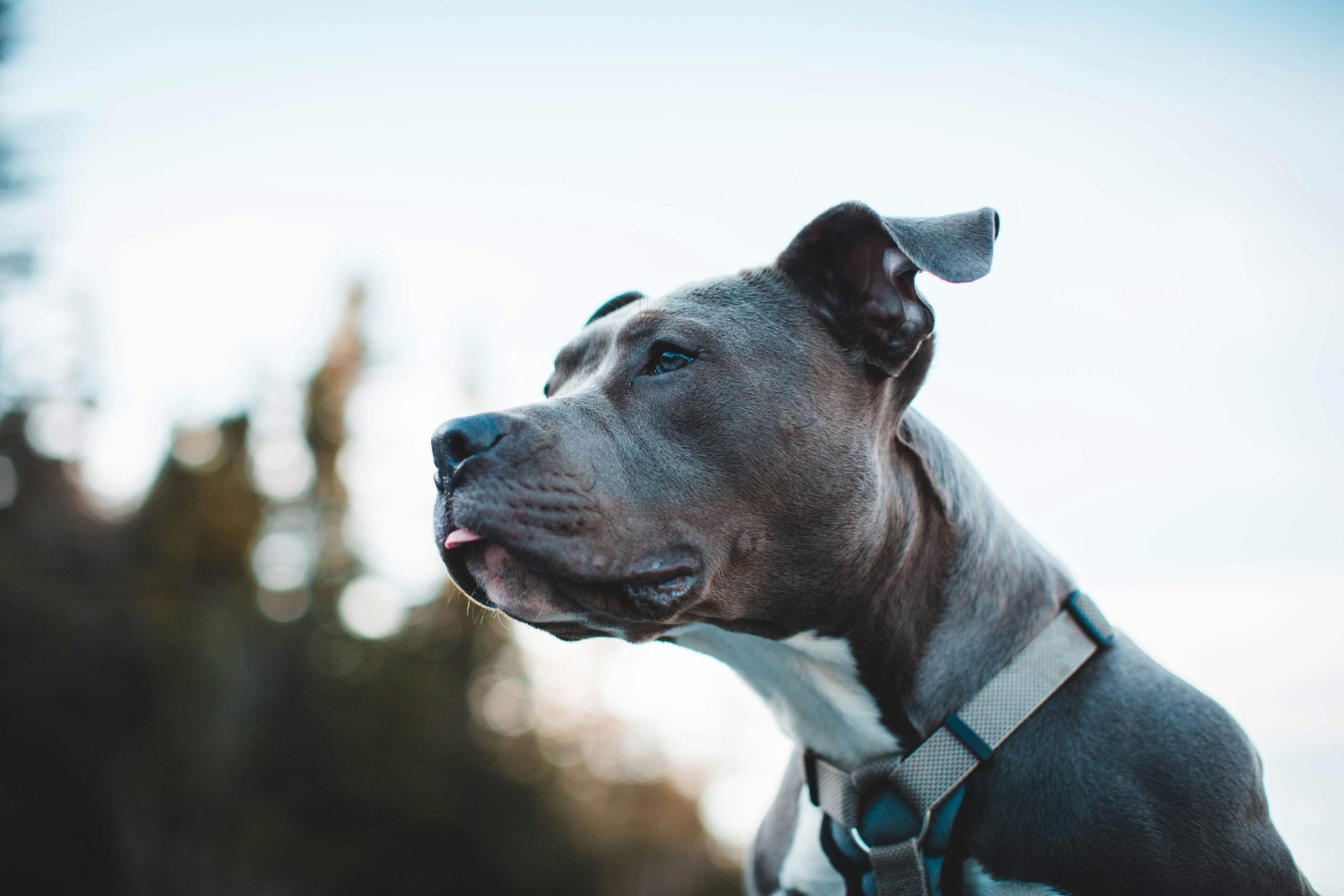Understanding Ovarian Remnant Syndrome in Dogs: A Guide for Pet Owners
Ovarian remnant syndrome (ORS) is a condition that can affect female dogs who have undergone spaying but still exhibit signs of heat cycles or hormonal activity. This puzzling issue occurs when small pieces of ovarian tissue are inadvertently left behind during the spaying procedure, leading to ongoing reproductive symptoms. As a pet owner, understanding this syndrome is crucial for ensuring your dog’s health and well-being. In this blog post, we’ll explore what ovarian remnant syndrome is, its causes, symptoms, diagnosis, treatment options, and how you can support your furry friend through it.
What Causes Ovarian Remnant Syndrome?
Ovarian remnant syndrome arises from complications during the spaying surgery. Here’s a breakdown of the primary factors contributing to this condition:
Incomplete Removal of Ovarian Tissue
During spaying, all ovarian tissue should be removed. However, tiny fragments may remain undetected due to their size or location.Anatomical Variations
Some dogs have unusual anatomical structures where ovarian tissue extends beyond typical locations, making complete removal challenging.Surgical Errors
While rare, surgical mistakes can lead to leftover ovarian tissue if not all parts are identified and excised properly.Adhesions or Scar Tissue
Post-surgery scar tissue might trap ovarian remnants, making them harder to detect during follow-up procedures.Misdiagnosis Initially
Sometimes, symptoms resembling ORS may actually stem from other conditions, complicating accurate identification early on.
Understanding these causes helps veterinarians plan better surgeries and educates pet owners about potential risks associated with spaying.
Recognizing Symptoms of Ovarian Remnant Syndrome
Detecting ORS early is vital for effective treatment. Keep an eye out for the following signs:
Signs of Heat Cycles
Even after spaying, your dog may display behaviors like attracting male dogs or exhibiting vaginal discharge.Swollen Vulva
A noticeable swelling of the vulva could indicate hormonal activity linked to leftover ovarian tissue.Behavioral Changes
Increased restlessness, aggression, or nesting behaviors often mimic those seen during natural heat cycles.Persistent Bleeding
Unexplained bleeding or spotting post-spaying is a red flag requiring immediate attention.Recurrent Infections
Leftover ovarian tissue can predispose your dog to infections such as pyometra, which require urgent care.
If you notice any combination of these symptoms, consult your veterinarian promptly to rule out ovarian remnant syndrome.
Check this guide 👉Understanding Swimmer Syndrome in Dogs: Best 7 Health Tips!
Check this guide 👉Understanding the Shrinking Dog Syndrome: Best 7 Expert Tips
Check this guide 👉Understanding Uveodermatologic Syndrome in Dogs: Best 7 Tips

Preventive Measures | Treatment Options |
|---|---|
Ensure surgery by an experienced vet | Surgical removal of ovarian remnants |
Discuss pre-surgery imaging techniques | Hormonal therapy to manage symptoms |
Monitor recovery closely | Antibiotics for secondary infections |
Schedule regular check-ups | Pain management during recovery |
Educate yourself on spaying risks | Post-operative care instructions |
Diagnosing Ovarian Remnant Syndrome
Accurate diagnosis is key to addressing ORS effectively. Veterinarians use various methods to confirm the presence of leftover ovarian tissue:
Physical Examination
A thorough physical exam helps identify visible signs like vulvar swelling or discharge.Hormone Testing
Blood tests measuring hormone levels can reveal elevated estrogen or progesterone indicative of active ovarian tissue.Ultrasound Imaging
Ultrasounds provide detailed images of the abdomen, helping locate hidden ovarian remnants.Exploratory Surgery
In some cases, exploratory surgery becomes necessary to visually inspect and remove leftover tissue.Clinical History Review
Analyzing your dog’s medical history aids in correlating symptoms with possible ORS development.
Early and precise diagnosis ensures timely intervention and reduces long-term health risks.
Managing Life After Diagnosis
Once diagnosed, managing ovarian remnant syndrome involves both medical and lifestyle adjustments:
Post-Surgery Care
Follow your vet’s instructions meticulously to prevent infection and promote healing.Monitor for Recurrence
Stay vigilant for recurring symptoms, as additional remnants might occasionally go unnoticed.Nutritional Support
Provide a balanced diet rich in nutrients to bolster your dog’s immune system and overall health.Behavioral Training
Address behavioral changes with positive reinforcement techniques to ease stress and anxiety.Regular Vet Visits
Schedule routine check-ups to monitor your dog’s progress and catch any issues early.
With proper care and attention, most dogs recover fully and regain their quality of life.
How Ovarian Remnant Syndrome Affects Pet Owners
Dealing with ovarian remnant syndrome can be emotionally taxing for pet owners. The unexpected recurrence of symptoms after spaying may leave you feeling frustrated or concerned. Understanding the emotional challenges can help you navigate this journey more effectively:
Worry About Your Dog’s Health
Persistent symptoms like heat cycles or infections can cause anxiety about your dog’s well-being.Financial Concerns
Additional diagnostic tests and surgeries may strain your budget unexpectedly.Guilt Over the Situation
Some owners feel responsible for not noticing symptoms earlier, even though it’s beyond their control.Time Commitment for Care
Managing ORS requires frequent vet visits and attentive home care, which can be time-consuming.Emotional Bond Strengthening
Despite the challenges, overcoming ORS together often deepens the bond between you and your pet.
By acknowledging these emotions, you can better prepare yourself to support your dog while maintaining your own mental well-being.
What Happens If Ovarian Remnant Syndrome Goes Untreated?
Ignoring ovarian remnant syndrome can lead to severe long-term consequences for your dog’s health. Early intervention is crucial to prevent complications. Here’s what might happen if ORS remains untreated:
Chronic Hormonal Imbalances
Persistent hormonal activity can disrupt your dog’s natural physiological balance.Increased Risk of Pyometra
Leftover ovarian tissue raises the likelihood of developing pyometra, a life-threatening uterine infection.Behavioral Instability
Continuous heat cycles may cause erratic behavior, affecting your dog’s quality of life.Reproductive System Damage
Prolonged exposure to hormones can harm other reproductive organs, even after spaying.Reduced Lifespan
Untreated ORS can contribute to ongoing health issues that shorten your dog’s lifespan.
Addressing ORS promptly ensures your dog avoids these risks and maintains optimal health.
Finding the Best Veterinary Care for ORS
Selecting the right veterinarian plays a critical role in diagnosing and treating ovarian remnant syndrome. With so many options available, it’s essential to choose wisely. Consider these tips when making your decision:
Experience with Reproductive Issues
Look for vets who specialize in reproductive health or have handled similar cases before.Access to Advanced Diagnostic Tools
Ensure the clinic offers modern imaging techniques like ultrasounds for accurate diagnosis.Transparent Communication Style
A good vet explains procedures, risks, and treatment plans clearly and patiently.Positive Reviews and Recommendations
Check online reviews or ask fellow pet owners for trusted recommendations.Comfortable Environment for Your Dog
Choose a clinic where your dog feels safe and relaxed during visits.
By selecting a skilled and compassionate veterinarian, you set the stage for successful management of ovarian remnant syndrome.
Frequently Asked Questions About Ovarian Remnant Syndrome
Can ovarian remnant syndrome occur years after spaying?
Yes, it can develop months or even years later if leftover tissue remains dormant initially.
Is ORS painful for my dog?
While not always painful, symptoms like swelling or infections can cause discomfort.
How is ORS treated?
Treatment typically involves surgically removing the remaining ovarian tissue.
Can ORS be prevented entirely?
While no method guarantees prevention, choosing an experienced surgeon minimizes risk.
Will my dog need hormone therapy afterward?
Only if advised by your vet, depending on the severity of hormonal imbalances.
Empowering Your Dog’s Health Journey
Ovarian remnant syndrome, though uncommon, highlights the importance of vigilance in post-spaying care. By recognizing symptoms early, seeking expert veterinary advice, and adhering to treatment plans, you can help your beloved companion overcome this challenge. Remember, every dog deserves a happy, healthy life—and being informed empowers you to make the best decisions for theirs. With patience and dedication, navigating ovarian remnant syndrome becomes just another step toward ensuring your furry friend thrives.
Understanding Bone Supplement for Cats: Best 7 Expert Tips! – Safe, vet-approved guidance for strong feline bones & balanced nutrition.
Bone Supplement for Dogs: Best 7 Expert Tips! – Expert guide to calcium, collagen & bone health for every life stage.
Understanding Can Cats Get Sunburn: Best 7 Expert Tips! – Protect your feline from UV damage with vet-backed prevention strategies.
How to Train a Seizure Alert Dog: Best 7 Expert Tips! – Learn expert-backed steps to nurture natural instincts into reliable, life-saving seizure alerts.





